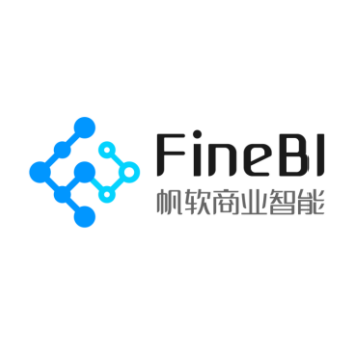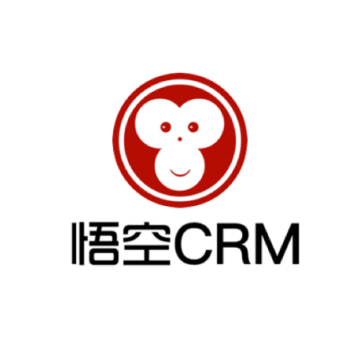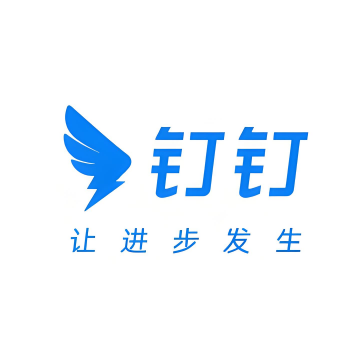微信小程序与H5页面交互实现Webview功能,需要使用微信提供的API。以下是一个简单的示例:
1. 首先,在微信小程序的manifest.json文件中添加以下权限:
```json
{
"permission": {
"scope.js": {},
"scope.user": {}
}
}
```
2. 在WXML文件中引入WebView组件:
```html
```
3. 在JS文件中初始化WebView:
```javascript
Page({
data: {
webView: null
},
onLoad: function (options) {
this.setData({
webView: options.webView
});
},
onReady: function () {
this.webView = this.data.webView;
this.webView.onloadstart = () => {
console.log('WebView加载开始');
};
this.webView.onerror = () => {
console.log('WebView加载出错');
};
this.webView.onunloadend = () => {
console.log('WebView卸载结束');

};
}
});
```
4. 在JS文件的`onLoad`方法中,设置WebView的src属性为H5页面的地址:
```javascript
Page({
data: {
webView: null
},
onLoad: function (options) {
this.setData({
webView: options.webView
});
},
onReady: function () {
this.webView = this.data.webView;
this.webView.src = 'https://www.example.com'; // 将H5页面的地址设置为WebView的src属性
}
});
```
5. 在H5页面中,通过JavaScript调用微信API的`wx.openLocation()`方法打开小程序的WebView:
```javascript
// 在H5页面中调用微信API的`wx.openLocation()`方法打开小程序的WebView
wx.openLocation({
url: 'https://www.example.com',
success: function (res) {
console.log(res); // 输出成功信息
},
fail: function (err) {
console.log(err); // 输出失败信息
}
});
```
这样,当用户在H5页面中点击链接时,就会自动跳转到微信小程序的WebView页面。

















 川公网安备51015602000223号
川公网安备51015602000223号